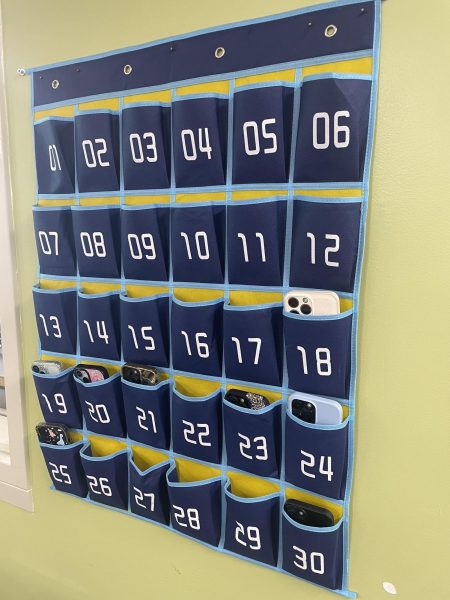Face Off: Being off campus after break was necessary
After a week of traveling to places far and wide, the administration made the smart decision to conduct school virtually the week following spring break. While some may have been bothered by this accommodation, anxious to get back on the hill and reunite with their friends and teachers, it is ultimately the best way to keep our community safe and healthy.
Popular spring break destinations such as Florida experienced high numbers of tourists during the last half of March, with pictures showing packed beaches and crowded restaurants. In fact, the city of Miami Beach declared a state of emergency due to the alarming number of people coming in from out of state, setting curfews and closing venues to deter large crowds from gathering.
Additionally, many students also traveled internationally. Different countries are practicing Covid 19 guidelines to varying degrees, raising concern for those who traveled to areas where little precaution is being taken. Because there was no way to ensure that students were being conscious of social distancing and masks, some individuals may have posed a risk to the school community if we were to immediately return to in-person learning.
With many students returning from the sunshine state after its concerning amount of vacationers, learning remotely was our best chance of keeping Covid-19 cases low. With about 10 days of being home, varying depending on when individuals returned from spring break, it was likely that anyone who was exposed to Covid-19 while on vacation would have been aware and would have taken the necessary precautions to keep from spreading the virus to others.
In addition to safety, another benefit of remotely learning the week after spring break was that students had a chance to recuperate and get their minds back into school mode before returning to the Hill. Typically, students have only a mere couple of days to return to an academic mindset after spring break, but virtual learning gave students the opportunity to slowly readjust to a school schedule. The extra week at home spared students the overwhelming stress of being thrown into a full week of in person classes after more than a week away from school.
Ultimately it was in the best interest of the entire community to remotely conduct classes following spring break as it protects the health of the students and staff, both physical and mental.
And of course, absence makes the heart grow fonder. So by the time we reconvened on the Hill, everyone was excited to get back into the classrooms and we were ready to learn.

Ellie Moores is a senior and a reporter on the Megaphone staff. She runs cross-country and is a member of the Irish Adrenaline show choir. She plans on...







